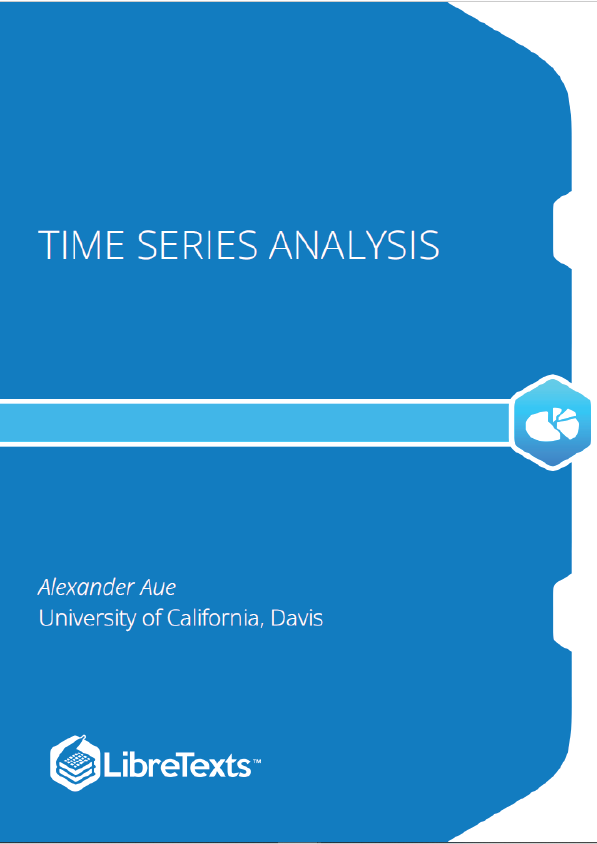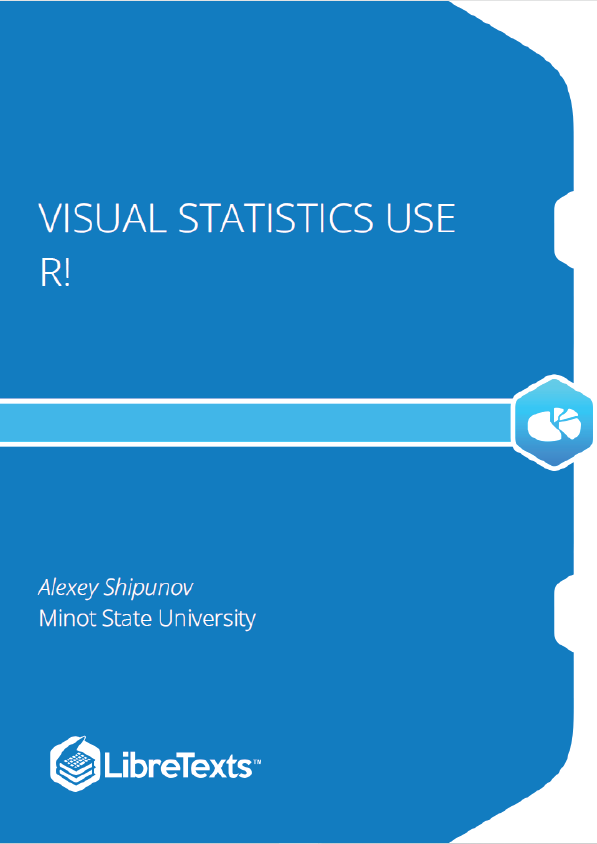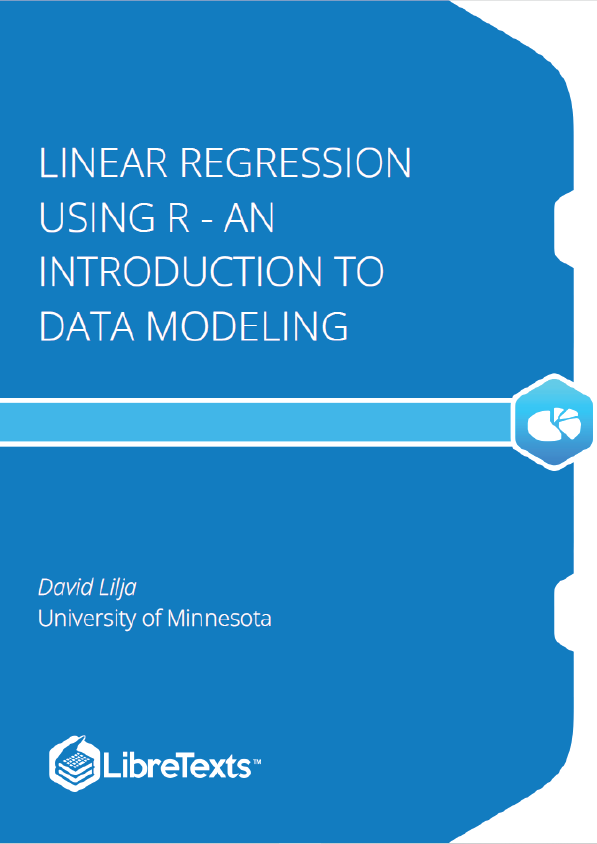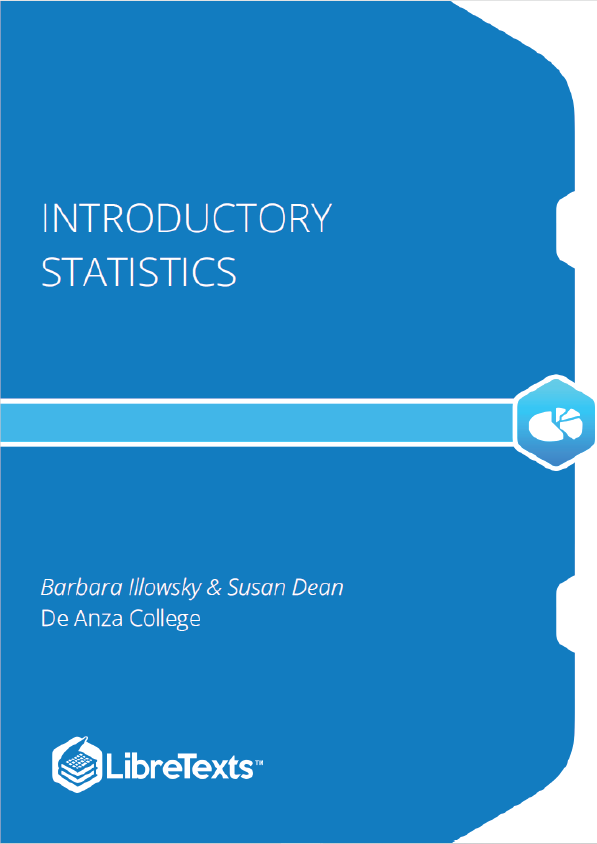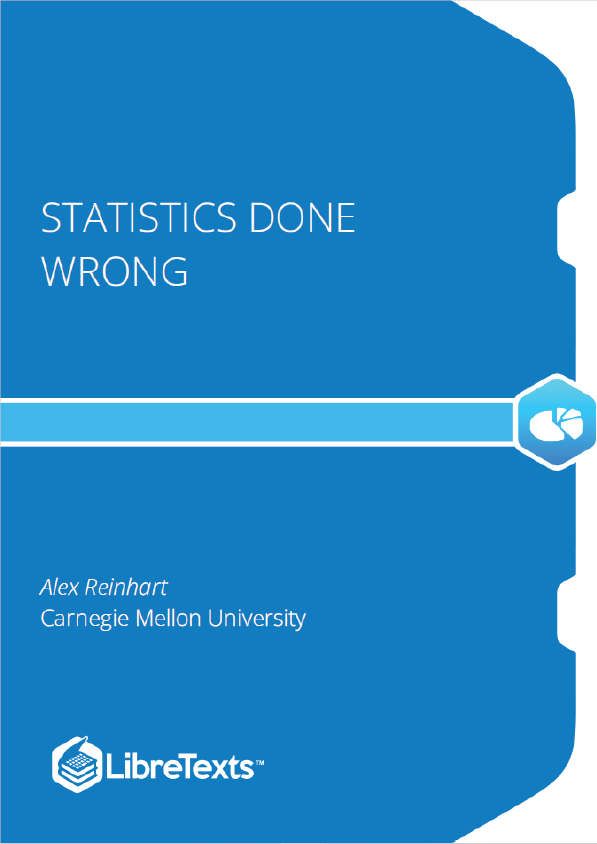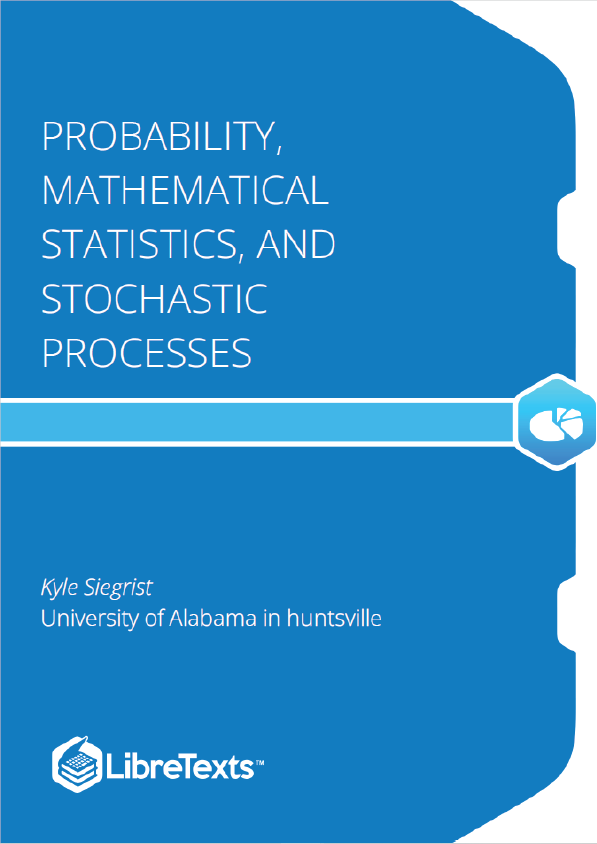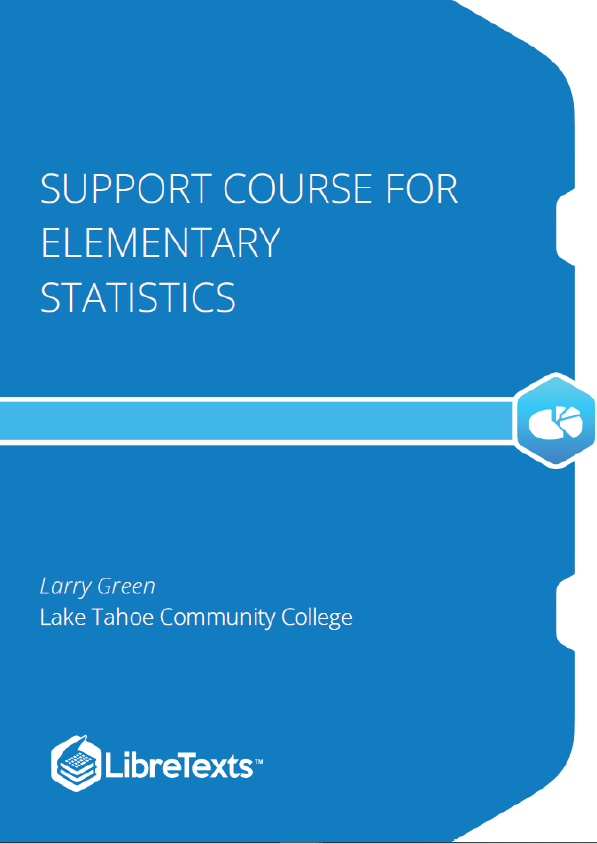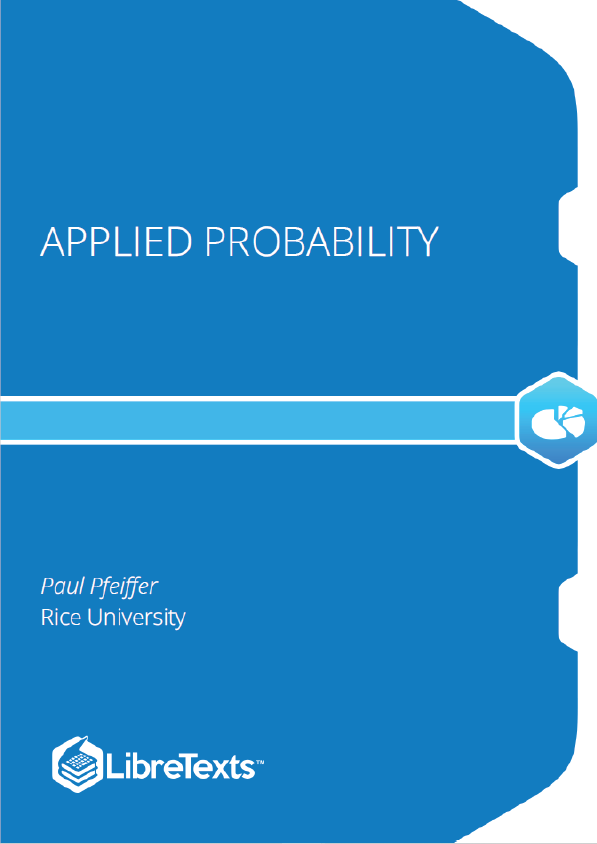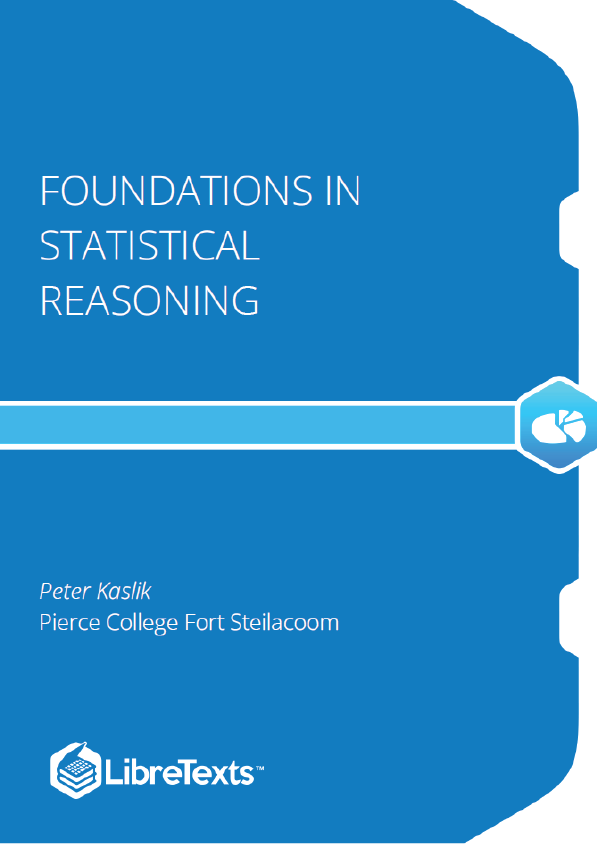A time series is an ordered sequence of values of a variable at equally spaced time intervals. Time series analysis accounts for the fact that data points taken over time may have an internal structure (such as autocorrelation, trend or seasonal variation) that should be accounted for.
Basic Concepts in Time Series
The first chapter explains the basic notions and highlights some of the objectives of time series analysis. Section 1.1 gives several important examples, discusses their characteristic features and deduces a general approach to the data analysis. In Section 1.2, stationary processes are identified as a reasonably broad class of random variables which are able to capture the main features extracted from the examples. Finally, it is discussed how to treat deterministic trends and seasonal components in Sections 1.3 and 1.4, and how to assess the residuals in Section 1.5. Section 1.6 concludes.
The data is used as an estimate for the number of all lynx trapped along the MacKenzie River in Canada. This estimate, in turn, is often taken as a proxy for the true population size of the lynx. A similar time series plot could be obtained for the snowshoe rabbit, the primary food source of the Canadian lynx, hinting at an intricate predator-prey relationship.
Stationary Time Series
Fitting solely independent and identically distributed random variables to data is too narrow a concept. While, on one hand, they allow for a somewhat nice and easy mathematical treatment, their use is, on the other hand, often hard to justify in applications. Our goal is therefore to introduce a concept that keeps some of the desirable properties of independent and identically distributed random variables (“regularity”), but that also considerably enlarges the class of stochastic processes to choose from by allowing dependence as well as varying distributions.
In this chapter, the classical decomposition (1.1.1) of a time series into a drift component, a seasonal component and a sequence of residuals was introduced. Methods to estimate the drift and the seasonality were provided. Moreover, the class of stationary processes was identified as a reasonably broad class of random variables. Several ways were introduced to check whether or not the resulting residuals can be considered to be independent, identically distributed. In Chapter 3, the class of autoregressive moving average (ARMA) processes is discussed in depth, a parametric class of random variables that are at the center of linear time series analysis because they are able to capture a wide range of dependence structures and allow for a thorough mathematical treatment. Before, properties of the sample mean, sample ACVF and ACF are considered in the next chapter.
